ABOUT RECARTA
Autologous cell-scaffold based articular cartilage regenerative technology
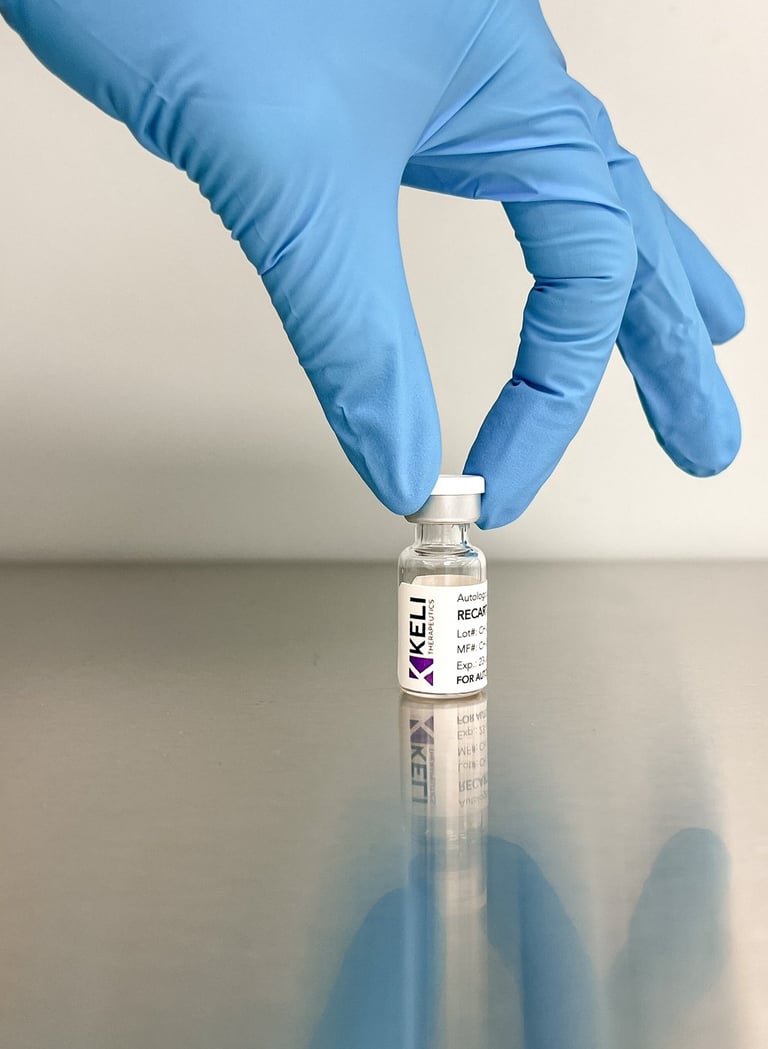

RECARTA is a cartilage cell therapy that uses your cartilage cells, called chondrocytes, to repair and regenerate damaged cartilage in your knee. These cells are combined with an advanced biological supportive membrane structure and work together to form new cartilage tissue.
Therapy promotes true biological repair, addressing the root cause of cartilage loss.
Clinical studies have demonstrated its ability to regenerate cartilage in the long term, providing lasting pain relief, restoring joint function, and improving overall mobility.
This innovative approach enables patients to reclaim their active lifestyle with a natural, durable solution to cartilage damage.
WHAT IS RECARTA?


STEP ONE
HOW RECARTA WORKS?
Consultation
Your orthopedic surgeon can advise on further actions, including X-ray and MRI, to assess cartilage damage and determine eligibility for RECARTA or other treatment options.
STEP TWO
RECARTA preparation
STEP THREE
Implantation
STEP FOUR
Rehabilitation
A short, minimally invasive arthroscopic surgical procedure is to harvest a ballpen-size cartilage biopsy sample from a non-weight-bearing area of your damaged knee.
The sample is then cultured and multiplied into millions of specialized cartilage-forming cells over a four-week period in a quality-controlled laboratory.
Cartilage-forming cells are combined with a biological scaffold for improved attachment and proliferation. The tissue-engineered product is introduced back to the defect, and the cartilage regeneration has started.
A cartilage regeneration process is enforced with a personalized rehabilitation stage.
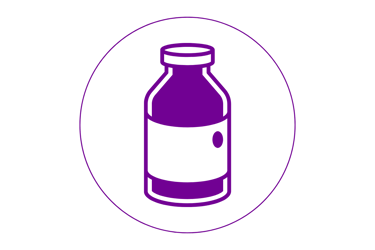

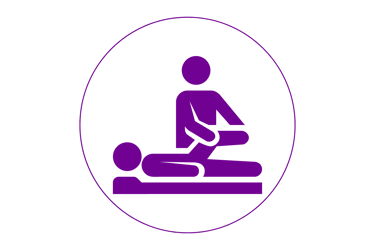


OUTCOME OF RECARTA TREATMENT
Long-term recovery. Prevents invasive knee replacement surgery
Stops the progression of cartilage damage. Reduces knee pain, stiffness, swelling, locking
Forms new and healthy hyaline cartilage
This treatment has been shown to provide long-term cartilage regeneration, long-lasting pain relief and improve knee function
Improves joint function and mobility
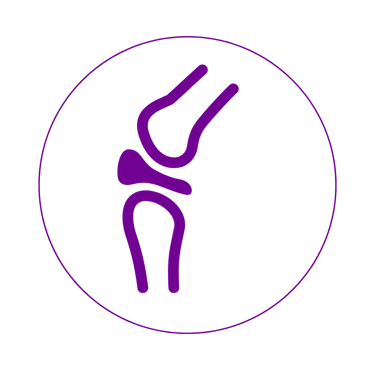

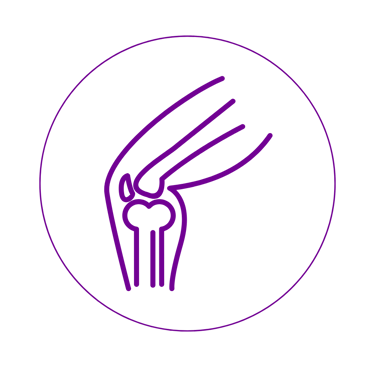





The microfracture (with or without a membrane) involves the creation of holes in the subchondral bone to cause bleeding.
It has been recommended for small knee chondral and osteochondral defects, however, it has many limitations:
The formation of fibrocartilage lacking the tensile strength of native hyaline cartilage
Substantial injury to the subchondral bone causing edema and cyst formation
Intralesional bone formation in the repair cartilage area
Reduced patient-reported outcomes after two years in >80%
LIMITATIONS OF OTHER SURGICAL TREATMENT OPTIONS
Reference: 1. Brittberg M, Recker D, Ilgenfritz J, Saris D. SUMMIT Extension Study Group. Matrix-applied characterized autologous cultured chondrocytes versus microfracture: Five-year follow-up of a prospective randomized trial. Am J Sports Med. 2018; 2. Ebert JR, Robertson WB, Woodhouse J, Fallon M, Zheng MH, Ackland T, Wood DJ. Clinical and magnetic resonance imaging-based outcomes to 5 years after matrix-induced autologous chondrocyte implantation to address articular cartilage defects in the knee. Am J Sports Med. 2011. 3. Marlovits, S., et al. Clinical and Radiological Outcomes 5 Years after Matrix-Induced Autologous Chondrocyte Implantation in Patients with Symptomatic, Traumatic Chondral Defects. Am J Sports Med. 2011. 4. Gille J, Behrens P, Schulz AP, Oheim R, Kienast B. Matrix-Associated Autologous Chondrocyte Implantation: A Clinical Follow-Up at 15 Years. Cartilage. 2016. 5. Volz M, Schaumburger J, Frick H, Grifka J, Anders S. A randomized controlled trial demonstrating sustained benefit of Autologous Matrix-Induced Chondrogenesis over microfracture at five years. Int Orthop. 2017. 6. Mistry H, Connock M, Pink J, Shyangdan D, Clar C, Royle P, Court R, Biant LC, Metcalfe A, Waugh N. Autologous chondrocyte implantation in the knee: systematic review and economic evaluation. Health Technol Assess. 2017. 7. Saris D, Price A, Widuchowski W, Bertrand-Marchand M, Caron J, Drogset JO, Emans P, Podskubka A, Tsuchida A, Kili S, Levine D, Brittberg M; SUMMIT study group. Matrix-Applied Characterized Autologous Cultured Chondrocytes Versus Microfracture: Two-Year Follow-up of a Prospective Randomized Trial. Am J Sports Med. 2014


